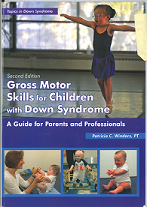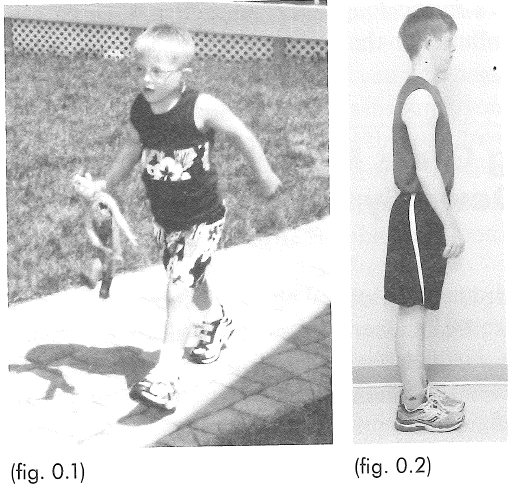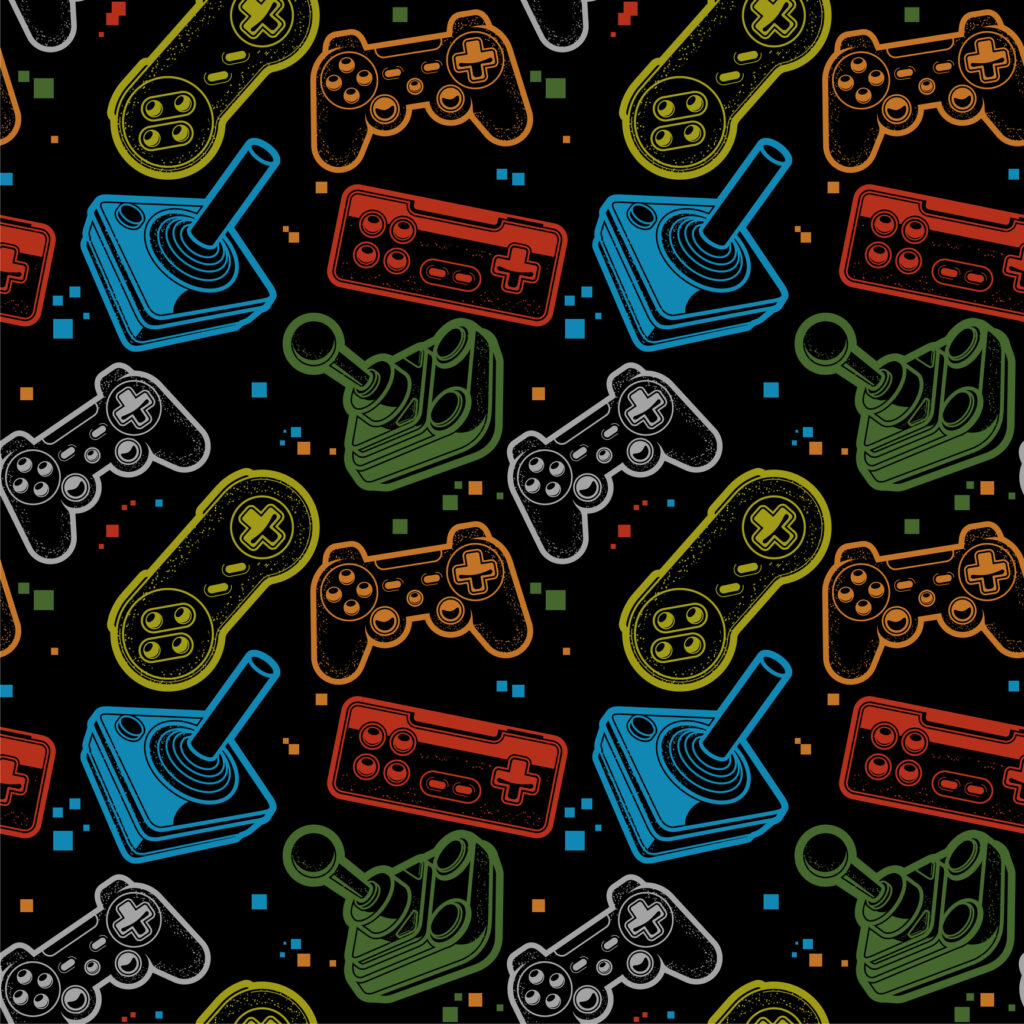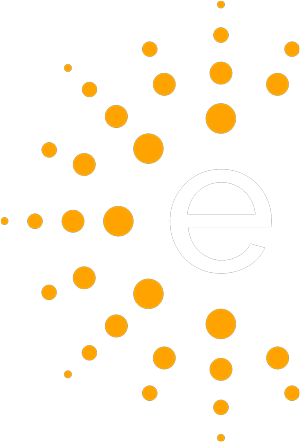
An Excerpt from Gross Motor Skills for Children with Down Syndrome, 2nd Edition
A Guide for Parents and Professionals by Patricia C. Winders, PT (Woodbine House, 2014)

Physical Therapy Early Intervention and Goals
Many parents and professionals assume the goal of physical therapy in children with Down syndrome is to accelerate gross motor development—to help them develop gross motor skills at a rate closer to that of typical children. In the short term, this goal seems to make sense. But if you consider the child’s motor functioning throughout life, there is no evidence that accelerating the rate of gross motor development makes a difference. Having a child walk at 20 months rather than 24 months has not been shown to result in any qualitative difference in his motor abilities 10 or 20 years from now.
Based on many years of clinical experience working with children with Down syndrome, I have concluded that what does make a difference in the long run is to focus on the goal of developing a body that is functional throughout an individual’s life. It won’t be important that he learned to walk early, if as an adult he has developed a walking pattern that is so inefficient and painful that he is unable to walk for more than very short distances.
There are certain crucial results that need to be accomplished early in your child’s development so that he will have a body that is fit and functional throughout life. I refer to them as the four critical results, and they are:

- To walk with an efficient pattern with his knees and feet pointing straight ahead, a narrow base, a long stride length, and toe to push off (fig. 0.1)
- To have optimal alignment of his hips, knees and ankles to support this walking pattern
- To have a strong upright trunk with balanced strength between his back muscles and abdominal muscles
- To have strong arms and shoulders, with a balanced strength between the front and back shoulder muscles, so the shoulders and arms fall in the middle of the side view, not tilting forward. (fig. 0.2)
If you’re child achieves these four results, he will develop a body with a solid foundation to support exercise and fitness activities throughout his life.
A typical child develops that body without any special intervention. But the process is more complicated for a child with Down syndrome. He can develop that body, but it does not automatically occur in the process of gross motor milestones. Because of his physical problems, he is prone to develop compensations, which are ways he adapts to make up for the physical problems. Some of these compensations, if allowed to persist, will eventually result in inefficient and painful movement patterns that will compromise his function as an adult.
Timing: Critical Times to Get Physical Therapy Intervention
Physical therapy services are critical during the following two periods: Birth to Walking and Post-Walking, in order to develop the essential movement components and postural foundation needed to build a body that is fit and functional throughout life.
Gross Motor Developmental Goals for Birth to Walking Period
In the birth to walking period, you will focus on teaching your child the following movement components and building strength in them:
- Head: to lift and hold his head erect and in the midline
- Trunk: to hold his trunk up straight and be able to activate his abdominal muscles so his back and abdominal muscles are evenly balanced
- Arms: to prop, reach, pull, hold on and push
- Legs: to position his knees and feet pointing straight ahead (neutral hip rotation), feet in line with hips (narrow base) and use mild knee bending (unlocked knees) when standing
- Weight shifting skills: to roll, reach (when lying on belly), move into and out of sitting, combat crawl (belly on floor) and creep (on hands and knees), pull to stand, cruise, and walk.
Try these sample at-home, physical therapy exercises for babies with Down syndrome in the birth to walking period. (*Note: Always check with your physical therapist before trying these at home.)
Guidance and resources for finding early intervention therapies for your child.


 By Mids Meinberg
By Mids Meinberg Online spaces benefit from being very accessible. Computer technology has reached the point where almost everyone can use the internet, so long as they have the right accessibility tools available. The ability to access the internet from home is great for people with mobility disabilities and those that cannot otherwise get to places. The emphasis on just words, rather than words and non-verbal communication, (except in easily parsable emojis) also makes text communication much easier for many neurodivergent people. The ability of multiple people to write at once and have a legible conversation helps a lot with me, as otherwise my social anxiety makes it difficult to know when it’s okay for me to talk.
Online spaces benefit from being very accessible. Computer technology has reached the point where almost everyone can use the internet, so long as they have the right accessibility tools available. The ability to access the internet from home is great for people with mobility disabilities and those that cannot otherwise get to places. The emphasis on just words, rather than words and non-verbal communication, (except in easily parsable emojis) also makes text communication much easier for many neurodivergent people. The ability of multiple people to write at once and have a legible conversation helps a lot with me, as otherwise my social anxiety makes it difficult to know when it’s okay for me to talk.
 By Mids Meinberg
By Mids Meinberg


Connect with us on social media